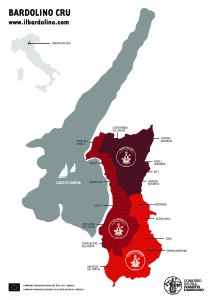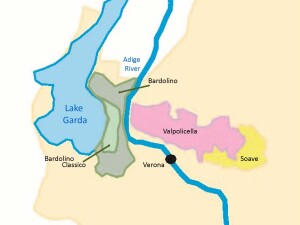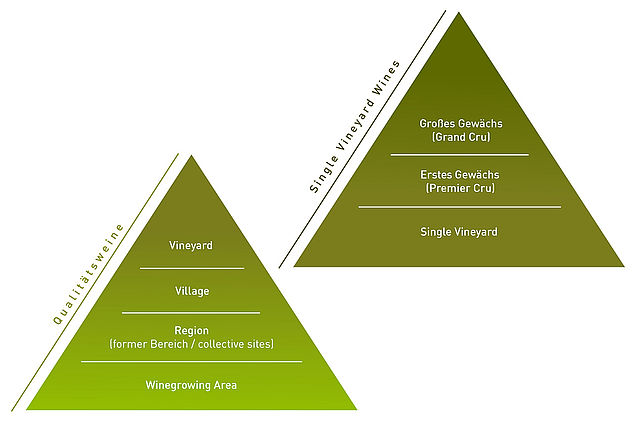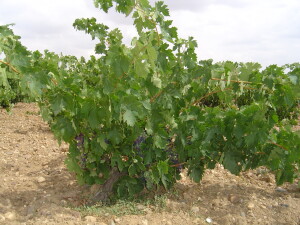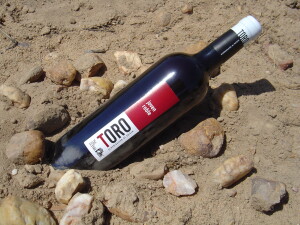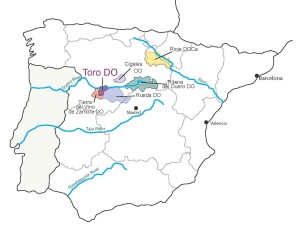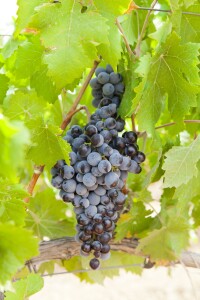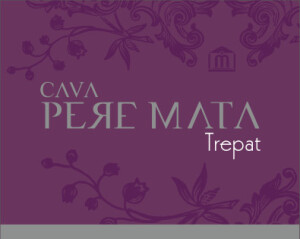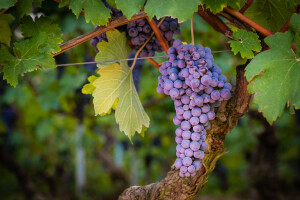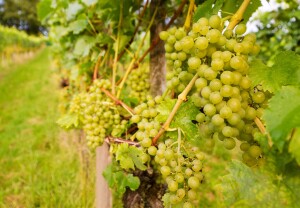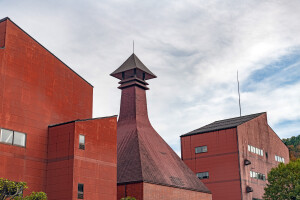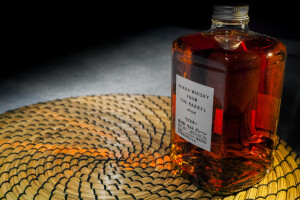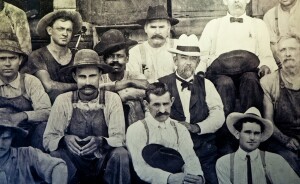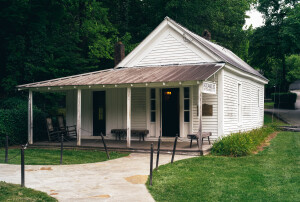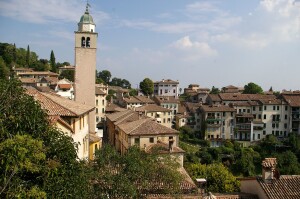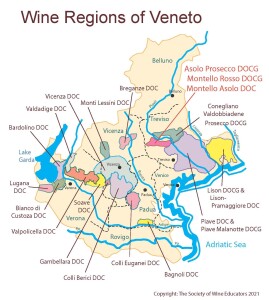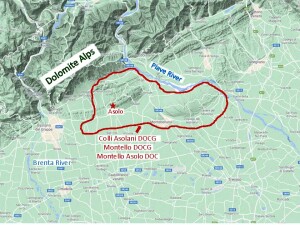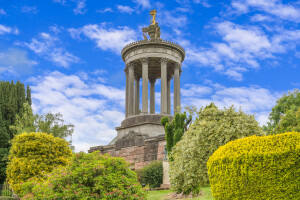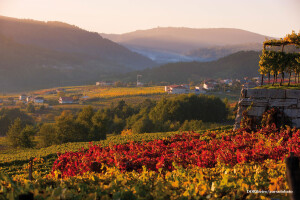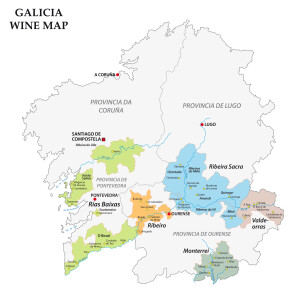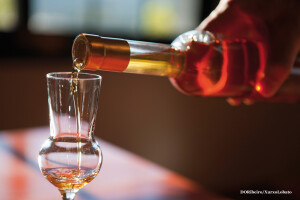Heads up, wine students of the world! In the April 12, 2021 edition of the Gazzetta Ufficiale della Repubblica Italiana (Official Journal of Italy), it was announced that there have been a few changes made in the rules and regulations of the Bardolino DOC. Bardolino—located on the banks of Lake Garde in Italy’s Veneto—is well-known for its lively red and rosé (chiaretto) wines based on the Corvina grape variety.
The main update involves three new subzones of the Bardolino appellation. These new regions—La Rocca, Montebaldo, and Sommacampagna—have been approved for use upon the release of the region’s 2018 vintage. The previously existing Bardolino Classico subzone will remain in place and is unaffected by the changes.
According to the website of the Consorzio di Tutela Chiaretto e del Bardolino, the newly approved subzones represent a historical view of region. These areas have been recognized since the 19th century, when they were documented by a local scholar known as Giovanni Battista Perez. These subzones were not, however, written into the original specification of the Bardolino DOC (first established in 1968).
Here is some information about each of the new subzones:
Bardolino-La Rocca takes up the entirety of the area adjacent to Lake Garda, and represents the ancient district of Bardolino, which has ties to the Roman Empire and was mentioned in the 12th century as a free commune. In the 1200s, the area was expanded and fortified under the “protection” of the Scaligeri of Verona; after the fall of the Scaligeri the area become part of the Republic of Venice.
Bardolino-Montebaldo encompasses the area of the eastern foothills of Monte Baldo Mountain Range. The Monte Baldo Range—part of the larger Garda Mountains—is basically a mid-level ridge running parallel to (and east of) to Lake Garda for about 25 miles (40 km). The area around the Monte Baldo Mountains is often called “the Garden of Europe” due to the incredible plant biodiversity (and copious beautiful wildflowers) of the area.
Bardolino-Sommacampagna accounts for the rolling hills in the southern reaches of the district. The area takes its name from the commune of Sommacampagna, located in the southeast of the zone.
Note: As with all such updates, this change will need to wind its way through EU approval; however, as the Italian government has granted their approval, we should begin to see the new subzones appear on wine labels with the release of the wines of the 2018 vintage.
References/for more information:
- Bardolino subzones-announcement in Gazzetta Ufficiale
- Map of the new subzones of Bardolino (pdf, via the Consorzio)
- Website of the Consorzio di Tutela Chiaretto d del Bardolino https://consorziobardolino.it/
- https://ilgardaonline.it/en/listings/monte-baldo/
- https://www.bardolinoitaly.com/history.php
Post authored by Jane A. Nickles…your blog administrator: jnickles@societyofwineeducators.org
